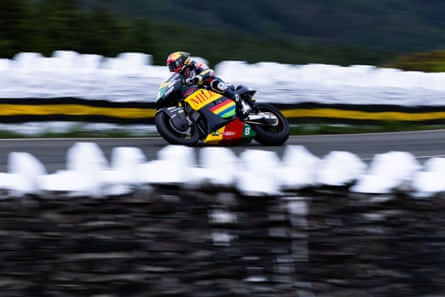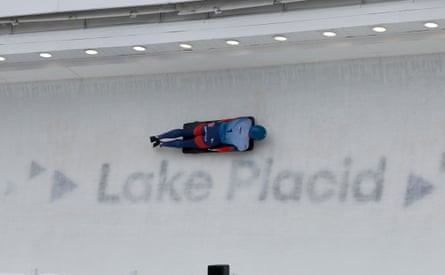
Last year I visited St Moritz’s infamous Cresta Run. You know the one – the vertiginous skeleton course that has killed a number of its participants and maimed many more. I was with a group of friends who were attempting it for the first time, and who quickly became addicted to the adrenaline fix. I stubbornly refused to even contemplate it.
It’s not just that my mates are braver than me – they are – but they’re all decent athletes, cricketers, hockey players, marathon runners and Channel swimmers. They have rapid reflexes and hand-eye coordination: I barely have a sense of where my arms and legs end. There are endless ways to hurt yourself on a crushingly heavy toboggan with razor-sharp runners that’s hurtling at 50mph between sheer walls of solid ice, and if anyone was going to slice off a finger or break their head landing upside down, it was me.

Our attitudes towards risk – in sport, as in life – aren’t fixed. Just look at how far rugby union has moved on player safety since professionalisation – changes in the scrum sequences, new laws on tackling, concussion protocols, smart mouthguards. In 1977, the England cricketer Dennis Amiss was laughed at when he took to the crease in a batting helmet. Within 25 years they were mandatory for every junior player.
If sports have sometimes celebrated the physical danger they pose that’s no surprise, given how many have their roots in combat preparation and masculine coming-of-age traditions. Ancient civilisations from Greece to China promoted martial arts. The stickball game that’s the precursor to lacrosse is called kapucha toli by the Choctaw, AKA “the little brother of war”.

Our own era can offer similar stories. The rapid rise of extreme sports in the 90s reflected a wider shift towards individualism, with personal freedom and self‑expression reaching an ecstatic apotheosis in their dopamine hits and adrenaline-fuelled highs. In a stable and affluent society, it is possible to declare that “life is for living” through pursuits that shorten your odds of dying.
Motor sport has always been dangerous (motorbike racing especially so – the tragic deaths of two British Superbike riders at Oulton Park in May were another reminder of that). But attitudes towards acceptable risk have changed even there, as the post-Senna history of F1 demonstrates. And in recent years many measures have been taken to make the TT event safer – especially after 2022, when it endured its joint-deadliest year.
The past two years have witnessed no fatalities, despite several bad crashes last week and one rider remaining in hospital in a serious condition. Does the scratching of the Senior TT indicate that attitudes to acceptable risk are changing even on the Isle of Man?
By sheer coincidence, I found myself at a reunion for our Cresta Run trip last week, surrounded by dozens of people who had thrown themselves down the icy terror and lived to tell the tale. There was a bond there that I would never share, forged by the dangers that people had knowingly undertaken together. I couldn’t make their choices, but I can still admire them.




